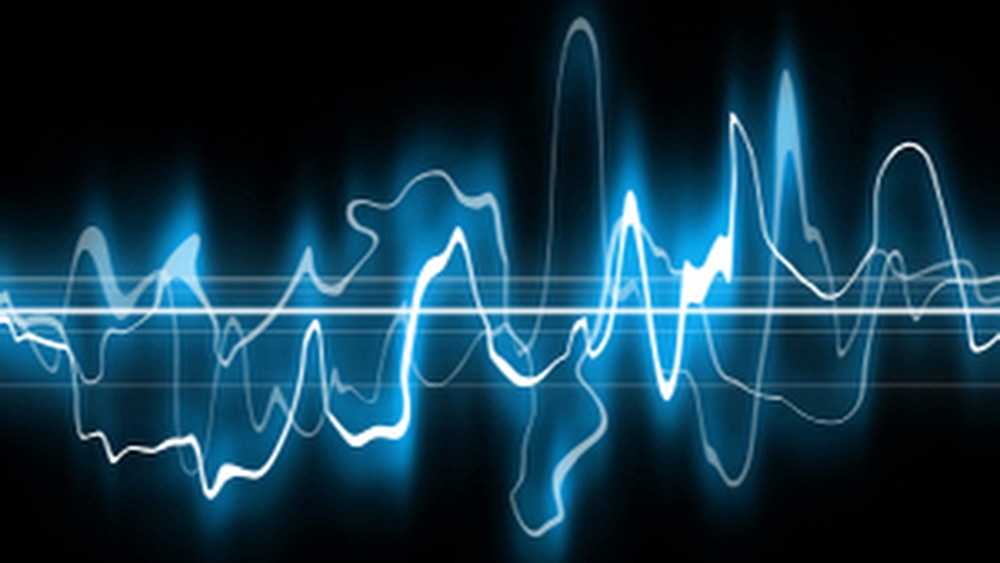

“That way, anything that reflects anywhere in space, we are able to locate and image.”ĭa Silva has applied for a patent, and he recently left NIST to commercialize the system under the name m-Widar (microwave image detection, analysis and ranging) through a startup company, Wavsens LLC (Westminster, Colorado). “We exploited the multisite radar concept but in our case use lots of transmitters and one receiver,” da Silva said. Multisite radar usually has one transmitter and several receivers that receive echoes and triangulate them to locate an object. The NIST imaging method is a variation on radar, which sends an electromagnetic pulse, waits for the reflections, and measures the round-trip time to determine distance to a target. About 21 seconds into the video, a wallboard is inserted between the person and the instrument in the anechoic chamber, to show that m-Widar can “see” through walls. The second video on the right shows the instrument’s view of the same scene. The transmitters and receiver are in a vertical line on the right side of the chamber. This demonstration of the m-Widar (micro-Wave image detection, analysis and ranging) system shows, in the video on the left, a person walking and later crouching and lying down in an anechoic chamber. Microwave image detection, analysis and ranging (m-Widar) The sampling happens at the speed of light, as fast as physically possible.” “It’s pretty cool because not only can we look behind walls, but it takes only a few microseconds of data to make an image frame. “Because we use radio signals, they go through almost everything, like concrete, drywall, wood and glass,” da Silva added. “Our system allows real-time imaging around corners and through walls and tracking of fast-moving objects such as millimeter-sized space debris flying at 10 kilometers per second, more than 20,000 miles per hour, all from standoff distances,” said physicist Fabio da Silva, who led the development of the system while working at NIST. Hundreds of thousands of pieces of orbiting space junk are considered dangerous to humans and spacecraft. Locating and tracking first responders indoors is a prime goal for the public safety community. The new method, described June 25 in Nature Communications, could provide critical information to help reduce deaths and injuries. The technique could also help track hypersonic objects such as missiles and space debris. Note: This tool works well on computers, and has limited functionality on iPads.Researchers at the National Institute of Standards and Technology (NIST) and Wavsens LLC have developed a method for using radio signals to create real-time images and videos of hidden and moving objects, which could help firefighters find escape routes or victims inside buildings filled with fire and smoke. The spectrogram is one of the most commonly used tools in physical sciences and engineering it is part of the technology behind voice recognition and phone communications. This video shows how you can make amazing music with it.

You can also use this spectrogram to tune musical instruments or to create music for example, you can explore different musical scales, and add effects often used by musicians and engineers. Then speak into the microphone and see what frequencies are present in your voice. To try it out, make sure you allow the website to use the microphone. The spectrogram allows you to see all the frequencies that combine to produce a sound. They are just like musical notes, each which its frequency. Actually, any sound is a combination of other elementary sounds, which are called pure tones. A musical chord is a sound, but it is also a combination of other sounds (the musical notes that compose the chord).


 0 kommentar(er)
0 kommentar(er)
